The Experience of Rasa
(…Continued)
4. Karuṇā:
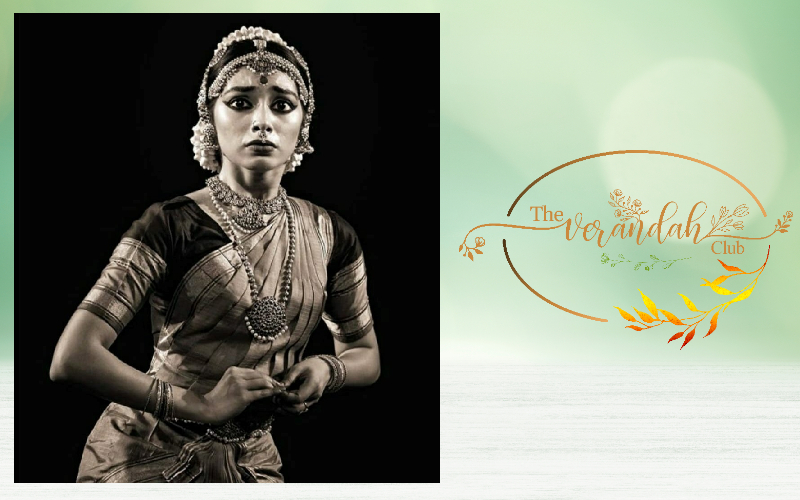
Karuṇā rasa or Kāruṇyam rasa refers to the ‘pathetic sentiment’ or the ‘sentiment of pathos’. It is the rasa of sadness, of which the highest form is compassion. Pity and sadness are born out of ignorance and attachments. While sadness is an ingredient of compassion, true compassion goes beyond sadness to an unending kindness that does not taste like sadness at all. In case of true compassion, melancholy of sadness evaporates in love and truth.
The 'Nāṭya Śastrā' states that the Karuṇā rasa takes its origin through different bhavas either at the sight of the death (or murder) of the dear one or when unpleasant words have an adverse impact. It is to be presented in the stage through sighs, lamentations, loss of sense, weeping copiously and other similar gestures. Since tragedy is a quite common genre, there are innumerable dramas, written and enacted all over the world, whose main theme needs depiction of Karuṇā rasa. Besides, as sub-theme, Karuṇā rasa is a common emotion that is explored in dramatic performances. Because emotions like sorrow, mercy and compassion are part and parcel of our daily lives.
There can be many references drawn from the epics, Rāmāyaṇā and Mahābhārata, with reference to this rasa. One such is stated from the Rāmāyaṇā. When Vibhīśhaṇā advised his elder brother Rāvaṇā to surrender Māta Sitā and seek forgiveness from Rāma, he was kicked out of the kingdom. Simultaneously, he approaches Rāma and seeks shelter & protection and he was gladly accepted by Prabhu Rāmachandra. It illustrates the doctrine that the lord accepts all who in absolute surrender seek shelter at his feet, regardless of their merits and defects. This is a message of hope to erring humanity. Valmiki mentions that Rama said, “This is my dharma, even if Rāvāṇā himself came to me, I would not reject him”. This is true compassion or mercy.
5. Bibhatsā:
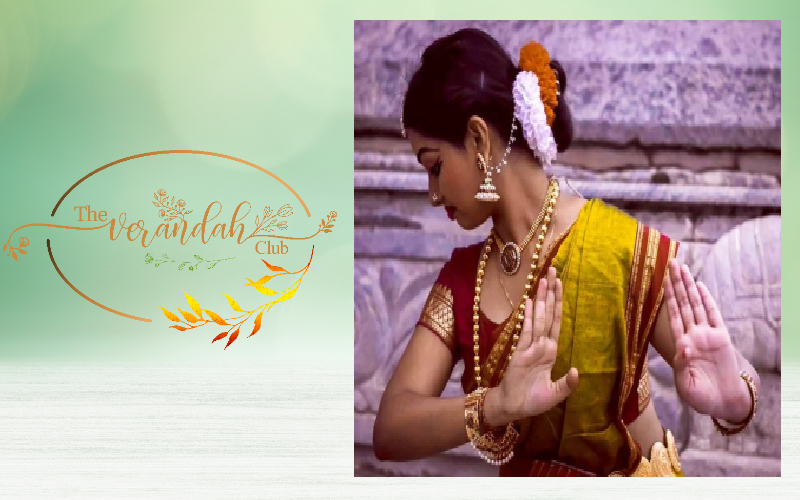
Bibhatsa rasa in 'Nāṭya Śastrā' deals with the odious sentiment and the Sthāyī Bhāva of Bibhatsa rasa is Juguptsa or disgust. The outcome of Bibhatsa rasa is from the Vibhāvās of seeing, hearing, and discussing something unwholesome or displeasing. This rasa can be exhibited on stage through squeezing all limbs, moving the face to and fro, rolling the eyes, heartache, grief, and anxiety. The Vyābhichari Bhāvās associated with this rasa are loss of memory, agitation, delusion, illness, death etc. 'Nāṭya Śastrā' states that the Bibhatsa rasa arises through many things causing antipathy.
This reference is taken from the Mahābhārata. There is an incident of Bhīmā tearing open Duśaṣanā’s chest as he lay on the ground, then drinking his warm blood. Lopping off his head with his sword and tossing it away, Bhīmā drank his warm blood with conviction, eager to make good his vow. Everyone from all vantages who saw Bhīmā drinking Duśaṣanā’s blood there were seized by terror and fled, saying, "He's not human!” Finally, Bhīmā brings a handful of Duśaṣanā’s blood and adorns Draupadi's hair with it. This can easily be regarded as Bibhatsa rasa.
6. Bhayānakā:
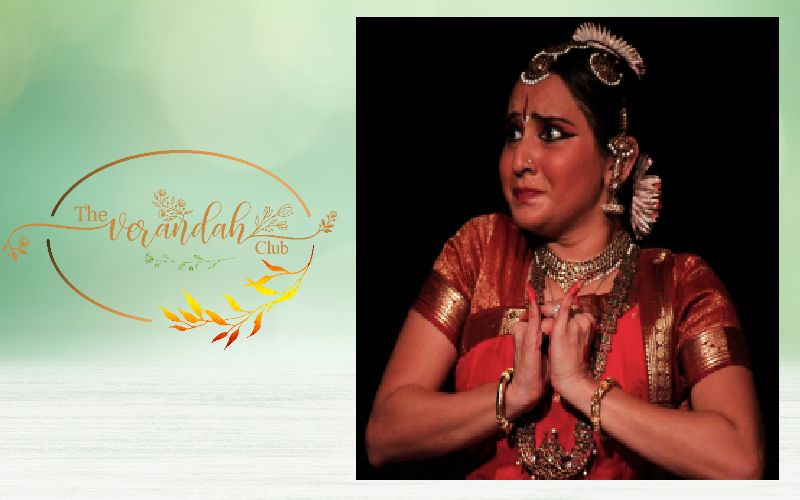
Bhayānakā rasa or the terrible sentiment is one of the essential rasas in the 'Nāṭya Śastrā'. The Sthāyī Bhāva of Bhayānakā rasa is ‘Bhayā’ or fright. The outcome of Bhayānakā rasa is through the Vibhavas or determinants such as terrific noise, sight of apparitions, panic and worried state on hearing the cries of jackals and owls, the empty house, entering a forest, deaths, the murder of kings men, and Imprisonment. Fear is naturally produced and displayed by the various movements of the limbs, face and eyes, stunned sensation in the thighs, looking nervously and uneasily around, dejected feelings, tired face, dryness of the mouth, throbbing of the heart, and horrification.
In the Mahabharata, Ghatotkachā was summoned by Bhīmā to fight on the Pāndāvās side in the Kurukśetrā battle. It was a characteristic of the Asurās that they became extraordinarily powerful at night. Invoking his magical powers, he wrought great havoc in the Kauravā army. The solders run berserk to save their life’s not knowing what to do. As Ghatotkachā began to use his skills of dark magic, Karṇā had to use the Vāsavi Śakti, which had been gifted to him by Lord Indra in return for his divine armours. Using this weapon, Karna killed the Asurā Ghatotkachā. Even while dying he enlarged his forms to several times and fell on the soldiers of Kauravās killing them. Here, Ghatotkachā has been described as Bhayanaka by Sri Veda Vyāsa.
7. Vīra:
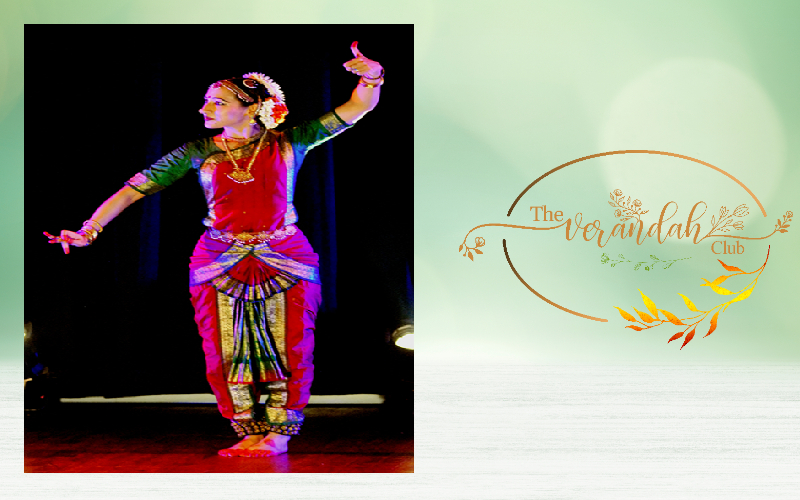
This is heroism which is born out of the state of energy and Utsāha is its Sthāyi Bhāva. The Rasa is manifested when there is valour, heroism, mastery, pride, and steadfastness. The Rasa draws upon the firmness and steadiness of the mind. Its colour is pale red, and it is attributed to Lord Indra.
Vīra rasa is embodiment of an energetic, determined and unrelenting nature which has no room for surprise or confusion. It is shown by challenging words and deeds conveying courage, boldness, bravery, and self-confidence. Vīra rasa is expressed on the stage by opening the eyes wide and expanding the nose. It includes physical valour as well as the strength of character.
When Rāvaṇā set Hanumān’s tail on fire. Hanumān, with his blazing tail comes out and flits over the houses in Lanka, making up his mind to set fire to the city of Lanka which is the only work left for him to do. He burns the entire city, barring the abode of Vibhīśanā. All the demons were frightened on seeing the blazing fire, consuming their city with its trees, houses, and a host of living beings. Surprised to see the city burning, the celestials and musicians (Gandharvās) gain a great delight. As the fire does not get satisfied with any amount of firewood and straw fed to it, Hanumān was not wearied in killing any number of demons. The earth was not then wearied in receiving the number of demons killed by Hanumān. This heroic act is termed as Vīra.
8. Adhbhutā:
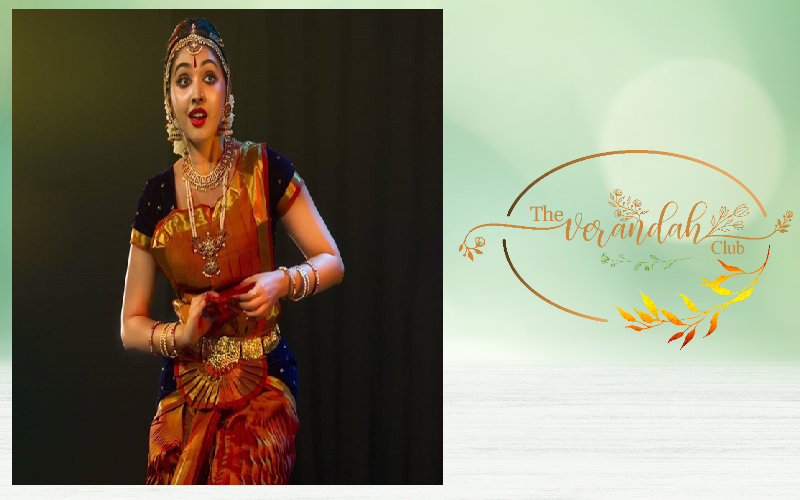
From the dawn of civilization, human beings have tried to understand everything and are still trying. The feeling of wonder comes when one recognises one’s own ignorance. Adhbhutā rasa depicts this feeling of wonder and refers to the marvellous sentiment used in dramatic performance. Even though it is mentioned as the eighth rasa by Bharata Muni, he never diminishes the importance of this sentiment. In fact, he considers it the only sentiment which is essential part of all literary pieces. It is this sentiment that gives flesh and blood to any literary pieces and keeps it lively. Adhbhutā rasa is one of the most widely explored rasas in theatre.
At the time Kurukśetra war on the sixteenth day, Abhimanyu goes on rampage, reaching the heart of Cakra Vyūḥ (a battle strategy). Fighting with such ferocity, none from the Kauravā side can beat him in one-on-one combat. Proceeding, Abhimanyu defeats all the Mahārathis on one-on-one battle, highlights including Abhimanyu piercing the armor of Karnā; injuring Ṣalyā, the king of Madra, so badly that he could not sit; and killing Brihadbalā, the king of Kosala of the Ikśawaku dynasty. Abhimanyu really proves expensive for the Kauravā army, destroying three-fourth of an Akshouhini single-handedly. Gurūs like Kripā and Droṇā express their admiration for Abhimanyu which Sri Veda Vyāsa describes as Adhbhuta.
9. Ṣānta:
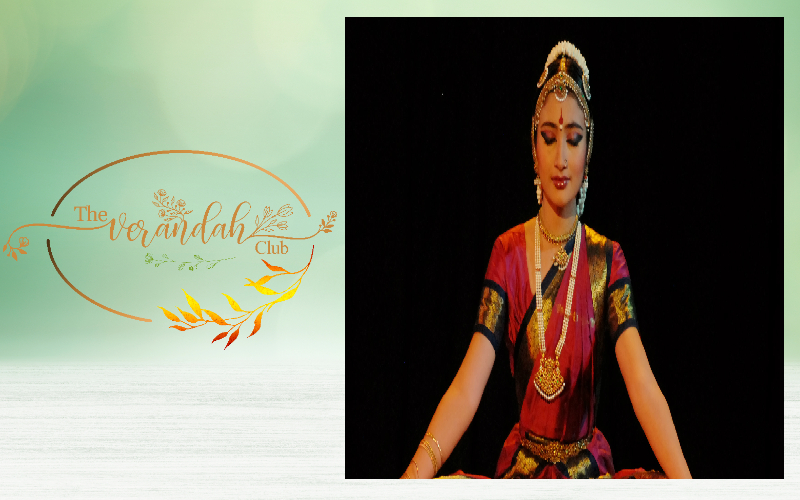
The Ṣānta rasa is one of the nine rasas and represents the state of peacefulness or tranquility. It is marked by is the feeling of calmness, quietness, and peacefulness. The Sthayi Bhava of Ṣānta rasa is Sama, i.e., state of freedom from everything be it worldly desires or actions. Its foundation is patience, service-mindedness, philosophical knowledge, self-control, pure spirits and freedom from all kinds of bondage.
The keynote of Ṣānta rasa is non-violence or Ahimsā. It is expressed by keeping the face in a peaceful expression with the eyes turned upside as if doing penance or by half-closing the eyes. The purpose of recreating this rasa is to depict the attainment of detachment from everything, Mokśa. This is the representation of contentment or aesthetic bliss. Its Vibhāva is knowledge or truth, Anubhāva is self-control & meditation and Vyābhichari Bhāva is calmness, closed eyes, and purity.
Pāṇdavās during their exile, took refuge at kingdom of the Matsyās. The monarch there was Virāta, who was a virtuous king. Yudhiśtira presented himself as a brahmana, Kanaka, and became the advisor of the king. Once during the game of dice, the king out of fury threw the dice on Yudhiśtira, he remained calm and consoled because of his perseverance. This is known as Ṣānta.
Conclusion:
These are some of the key aspects to be known in Indian aesthetics. Our scriptures say that only where there is order there lies the real beauty. Indian aesthetics stands exemplary in presenting dance, theatricals, and onstage performances by bringing in the aspect of order to the movements and actions, and thus revealing the innate beauty in them. This is an attempt to make the readers enjoy the performance of Bharataṃ completely and to relish the spiritual beauty in the beautiful.
T. R. Surya is the special correspondent of the company. He is an eloquent speaker and compendious writer of English. An avid learner of Sanskrit and Indian scriptures under the guidance of Swami Ganeshaswarupananda and Gita Chaitanya of Arshavidyalaya. His inclination and interests are towards studying Metaphysics and philosophies.
NEXT ARTICLE